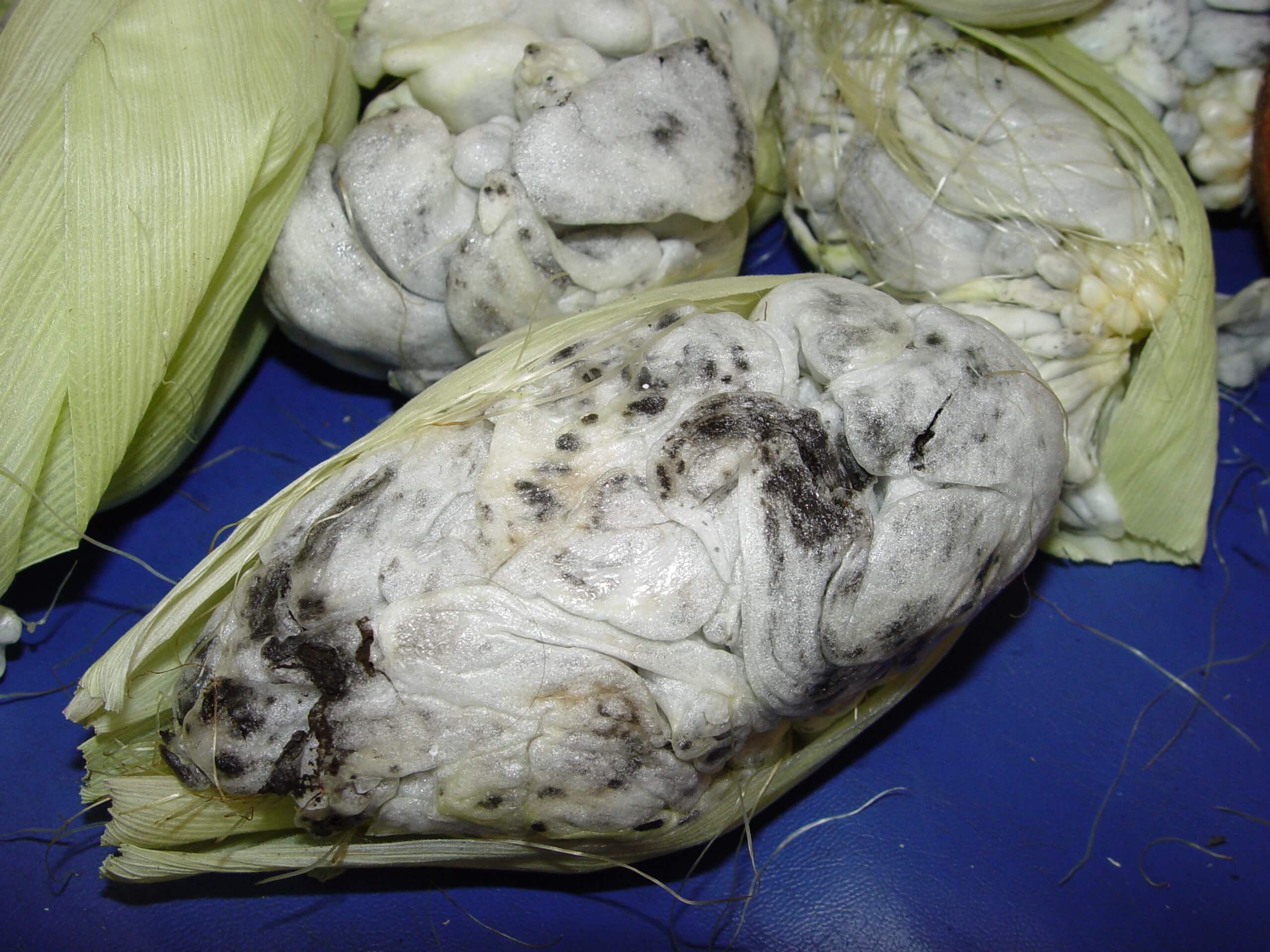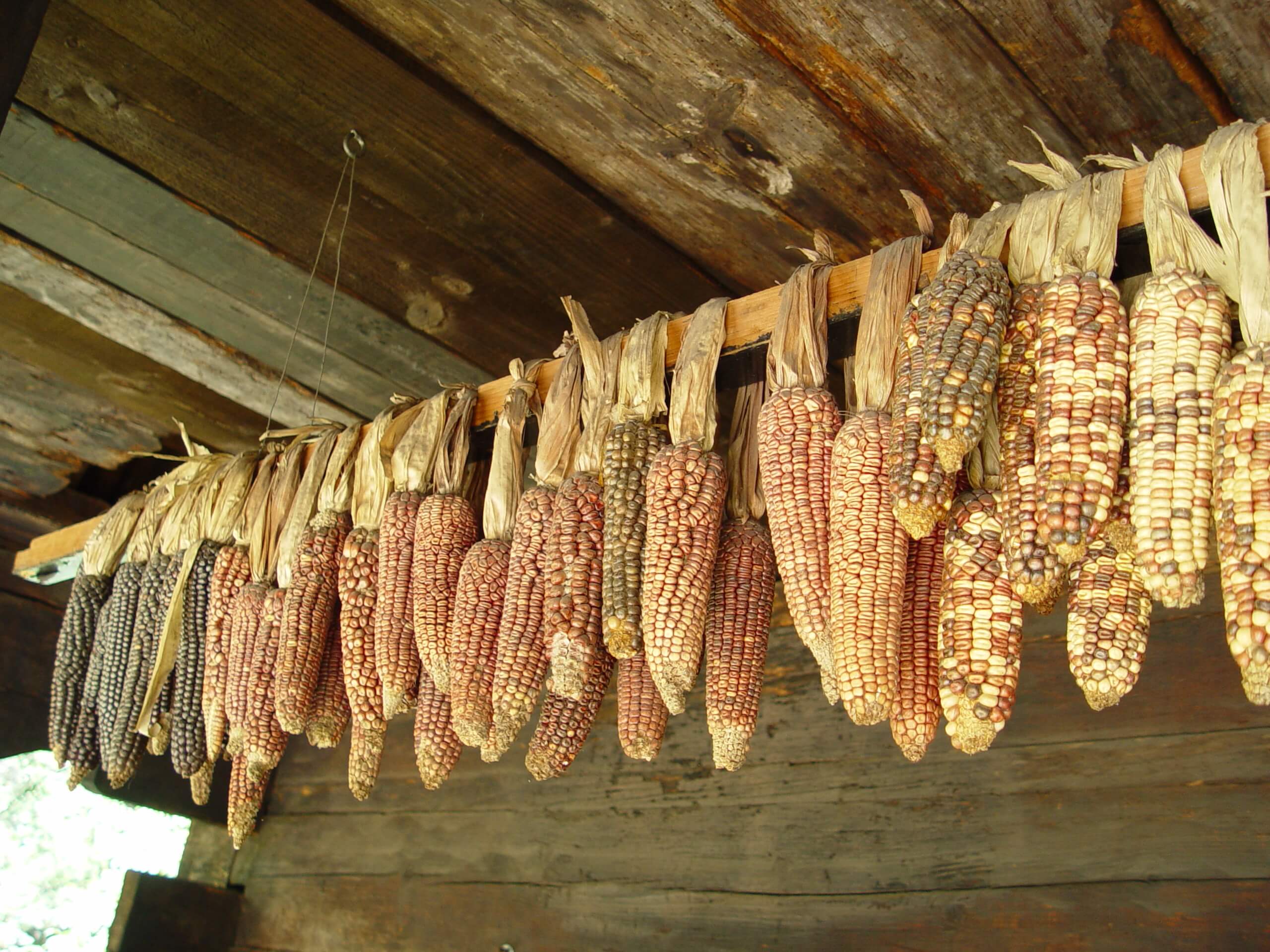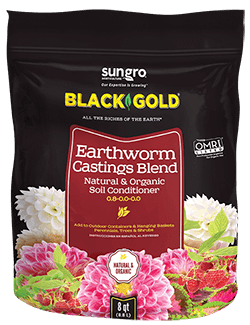
In polite company it’s called the Mexican truffle, but in the American corn belt it’s nothing but common smut (Ustilago maydis). In fact, the USDA has been trying to eradicate it for a century. If you have ever seen a smut infested ear of corn, you’d know why this bizarre sooty looking fungus freaks people out. No doubt backyard gardeners in the Midwest will see it often during rainy summers because the fungus thrives in warm, wet weather.
Huitlacoche
But, in other cultures the fungus is cherished like a select and delicious mushroom truffle. First appreciated by the Aztecs, the Mexican truffle was incorporated into many of their ancient dishes and named huitlacoche (wee-tlah-KOH-cheh). The translation from the Nahuatl language is “crow excrement”, which describes its unsavory appearance. Despite odd looks, this flavorful food is still a big part of Mexican cuisine today. It’s integrated into tamales and soups, or fresh puffed up kernels, called “galls”, are boiled for ten minutes then sautéed until crispy in butter. Cans of the fungus are commonly sold in indigenous marketplaces. Fresh ears can be found in summertime and are easily preserved by freezing.
Harvesting Huitlacoche

The traditional time to harvest Mexican truffles is when the infected kernels are puffy and white in their early state. At this time they are like mushrooms before their gills open. Some say they should be as soft as a freshly ripened pear. At peak the flavor is described as sweet corn and smoke. Waiting too long results in a truly smutty flavor because the kernal insides turn from delicious white flesh to masses of black spores. When sporulating kernels split open the spores are released traveling on the wind to nearby corn plants or soil. In the soil they can remain viable for up to three years.
In the wet central highlands of Mexico and Guatemala, small farmers search their crops during the rainy season for signs of the developing fungus. Infected ears are relished in home cooking and add to the sparse early season diet. Early collection of infected ears probably protects later crops from smut infestations as well. It’s profitable too. Farmers sell excess ears at fifty times what a standard ear of corn costs. In the markets of Mexico City over 100 tons of Mexican truffle are sold each season.
Huitlacoche Gains Popularity

Interest in pre-Hispanic ingredients has risen among those in the organic gourmet world. One famous dinner held in 1989 by the James Beard Foundation featured huitlacoche in many dishes in an effort to bring this new-yet-old food to light. As a result, the USDA began allowing select farms to intentionally infect corn with the fungus. The irony here is that scientists at the USDA working to eradicate smut discovered new, effective ways to infect corn with the fungus in order to test various cures.
In America, those most interested in huitlacoche cultivation are mushroom farmers who best understand the life cycle of fungi. But this is a unique form that only reproduces on corn ears, so it really falls into the purview of market gardeners. The Aztecs simply scraped the plants on the ground or with dried fungus to infect the kernels. Home gardeners could do the same if they were able to access dry infected ears. Kernel galls appear 10 to 14 days after point of infection.
It’s Just a Mushroom!

Despite the fact that it’s a delicacy in Mexico, this edible fungus has a hard time catching on in the U.S. and Europe. Perhaps it’s the black juice exuded as they are cooked, or maybe it’s just the idea of eating diseased corn that’s a turn off. Either way, those willing to try it should go fresh. The consensus is that the imported canned Mexican truffles are not nearly as good.
 And it may not be difficult to find fresh ears in some parts of the country. For Midwestern gardeners in frequent flood zones, there is little doubt that what sweet corn is not destroyed by flooding will invite the sooty face of smut. Gardeners can always give their corn plants a fighting chance by planting them high in raised beds with well-drained soil amended with Black Gold Earthworm Castings, but under warm, moist conditions little can help against fungal disease. So why not welcome Mexican truffles as a new culinary adventure? Explore recipes on the Internet for preparation of the fungus in traditional Mexican dishes. Heirloom corn is even more prone to infection, for gardeners that are game.
And it may not be difficult to find fresh ears in some parts of the country. For Midwestern gardeners in frequent flood zones, there is little doubt that what sweet corn is not destroyed by flooding will invite the sooty face of smut. Gardeners can always give their corn plants a fighting chance by planting them high in raised beds with well-drained soil amended with Black Gold Earthworm Castings, but under warm, moist conditions little can help against fungal disease. So why not welcome Mexican truffles as a new culinary adventure? Explore recipes on the Internet for preparation of the fungus in traditional Mexican dishes. Heirloom corn is even more prone to infection, for gardeners that are game.
In these years of climatic upheaval and instability, it’s always a comfort to discover interesting and nutritious new food in the wake of disaster. And for home gardeners with the spirit of adventure, corn-turned-mushroom will bring a strange but savory taste to late summer fare.

